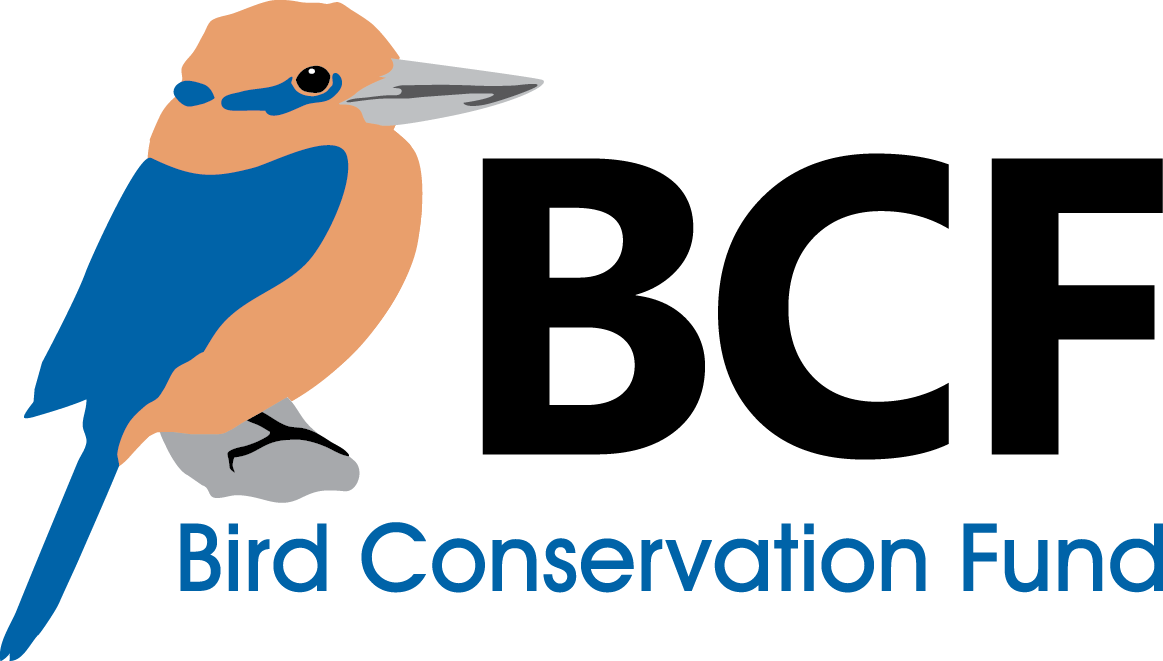South Africa
An elusive and critically endangered wetland bird, White-winged Flufftail @ Sergey Dereliev
A Wetland Mystery – Understanding White-winged Flufftail population trends and local movements in South Africa
The Bird Conservation Fund teamed up with the African Bird Club to raise $3,900 to support a project led by Dr. Kyle John Lloyd and a team at BirdLife South Africa to better understand the Critically Endangered White-winged Flufftail, a species similar to Black Rail, in order to assist with efforts to protect this little-known species. The White-winged Flufftail is listed as Critically Endangered, with an estimated global population size of fewer than 250 individuals. Ethiopia and, more recently, South Africa are the only two countries where White-winged Flufftails are known to breed, further emphasizing the importance of securing these vital sites to ensure that the species persists. In South Africa, fewer than 50 adults are thought to remain at two identified breeding sites. These are Middelpunt Wetland and Verloren Vallei Nature Reserve in Mpumalanga Province. Despite the gradual accumulation of studies over the past decade, significant knowledge gaps still remain that limit governing bodies from making informed management decisions. This project aims to empirically determine (1) the size of the South African breeding population, (2) the first ever vital rates of the species, and (3) the home range and movement patterns of the bird within suitable wetlands. Evidence from pioneering observational techniques developed by BirdLife South Africa suggest that White-winged Flufftails are wetland specialists preferring healthy, intact, dense sedge habitat. White-winged Flufftail population abundances and distributions have likely decreased over the years due to wetland destruction and degradation by activities such as mining, water drainage, agriculture, afforestation, grazing, pollution and peat fires. By protecting and promoting healthy wetlands for White-winged Flufftails, water resources and a host of animal and plant species that depend on intact wetlands for their survival are conserved. Thus, White-winged Flufftails act as a flagship species that raises support for preserving habitat structure and functionality, as well as the ecosystem services that people derive from wetlands. These objectives are designed to answer questions that inform conservation and management decisions. Flufftail as a flagship species for healthy wetlands. This will be accomplished in part through the following research objectives. Objective 1: Monitoring long-term population trends The cryptic behavior of White-winged Flufftails makes it difficult to detect individuals and provide reliable population estimates. Researchers at BirdLife South Africa have developed a methodology to passively monitor the species’ presence, activity and calls with much higher detection rates than traditional flushing methods. Populations need to be monitored at known breeding sites every breeding season to confidently detect changes in population abundance over time. Only the White-winged Flufftail population at Middelpunt Wetland has been monitored for consecutive breeding seasons (2018-2019). Objective 2: Population vital rates Life history describes an organism’s life cycle and the adaptive strategies used to maximize fitness over its lifetime. Determining the life history of a species is essential for understanding how, when and why individuals transition from one life stage to the next. Vital rates such as survival, recruitment and reproductive success can differ among ages, sexes and even individuals. Currently, no vital rates are available for White-winged Flufftails. Objective 3: Fine-scale habitat movements During the breeding season, White-winged Flufftails establish territories that are maintained by male and female pairs. Territories average 3.1–4.0 ha in size and appear to be aggressively maintained by the male during dawn and dusk. During the incubation phase, the female remains on the nest and rarely moves. Precocial hatched young then follow the female until fledged. Little else is known about how White-winged Flufftails move within and between habitat patches. This is a hindrance to informing best practice guidelines for wetland management on public and private land.

